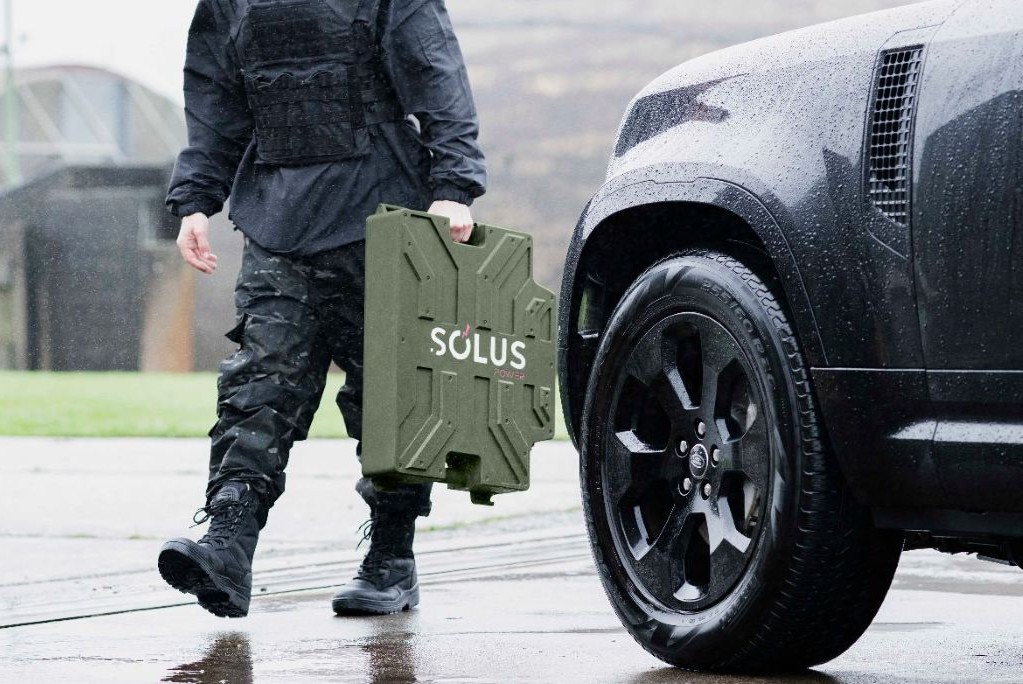The Strategic Necessity of Space Joint Terminal Attack Controllers
Evolution of Combat Coordination Techniques
Since their inception in warfare, aircraft have transformed military operations, particularly through close air support (CAS). Early on, the realization emerged that effective air strikes necessitated ground specialists to facilitate communication between pilots and troops. This need birthed the role of forward air controllers, which has since evolved into the specialized positions of Joint Terminal Attack Controllers (JTACs) within the U.S. military.
As military technologies advance, particularly with the burgeoning potential of space-based weaponry, the imperative for additional specialists becomes clear. Advocates for the establishment of Space Joint Terminal Attack Controllers (SJTACs) argue that similar roles must adapt to new domains.
The Role of SJTACs in Modern Warfare
In a thought-provoking essay, retired U.S. Army Colonel Kevin Stringer and Norwegian Army Officer Marius Kristiansen highlight the strategic advantages that SJTACs could offer. These operators would serve as critical links between ground-based special operations forces (SOF) and advanced space capabilities, facilitating targeted strikes against adversaries.
Potential Functions of SJTACs
- Targeting Precision: SJTACs could enable SOF to engage complex targets such as adversarial military installations and critical infrastructure.
- Real-Time Intelligence: By embedding with tactical units, SJTACs would enhance situational awareness, assisting in tracking enemy movements and monitoring vulnerabilities.
- Enhanced Coordination: They would ensure precision and minimize collateral damage in attacks executed from space, akin to their JTAC counterparts for air operations.
The prospect of orbital bombardment as a commonplace method of attack underscores the urgency of integrating SJTACs into military planning.
Leveraging Emerging Technologies
As the U.S. military pivots to embrace new capabilities, SJTACs are envisioned as operatives who can tap into advanced weapon systems. These may include:
- Directed Energy Weapons: Innovations such as lasers and electromagnetic pulse (EMP) devices.
- Kinetic Bombardment Systems: Notably conceptual technologies like the ‘Rods from God’, which would enable precise strikes from low Earth orbit.
The parallels between the roles of JTACs and SJTACs are stark. Both positions necessitate in-depth specialization to minimize risks and optimize effectiveness during high-stakes operations.
Integration with SOF and Space Forces
The integration of space operations within the special operations framework is not new, but gaining traction. The establishment of a dedicated special operations component within the U.S. Space Force presents new avenues for operational synergy. SJTACs would be instrumental in harmonizing ground forces with satellite communications, reconnaissance capabilities, and cyber tools, fostering a multi-domain operational approach.
Redundancy vs. Specialization
The debate surrounding the necessity of SJTACs often circles around efficiency and redundancy. Some propose enhancing existing JTAC training to encompass space capabilities. However, Stringer and Kristiansen assert that given space’s unique strategic implications, a division of labor is warranted. This would prevent inefficiencies that arise when multiple services develop disparate space capabilities independently.
Key arguments for retaining SJTACs include:
- Domain-Specific Expertise: Space is increasingly recognized as its own operational theater, necessitating specialists who can navigate its complexities.
- Enhanced Interoperability: SJTACs could facilitate coordination with NATO allies, leveraging the diverse capabilities of partnered forces while addressing the unique challenges posed by space operations.
Conclusion: A Call to Action for Military Leadership
As the operational landscape continues to evolve, the role of special operations forces in the domain of space will become increasingly crucial. Establishing SJTACs is not merely an operational enhancement; it is a strategic imperative. In failing to integrate these specialists, the special operations community risks losing access to vital capabilities critical for modern warfare.
This development highlights an essential truth: as military operations advance beyond traditional domains, the integration of dedicated space capabilities within special operations is not just beneficial—it is essential for maintaining a competitive edge in future conflicts.





